Nintendo, Valve and Asus are keeping the handheld gaming niche intact, encouraging new entrants to come up with their own versions. The average screen size for these gaming monsters is anywhere around 7 inches, but when a handheld measures no more than a credit card, it’s bound to grab our attention.
This is the RG Nano ultra-portable mini-game console by ANBERNIC all set to land in the hands of busy gamers who want an option to kill time on their evening transit. The Chinese company has already created ripples in the portable gaming industry with offerings like the RG35XX emulator that plays retro games as smoothly as it could get.
Designer: ANBERNIC
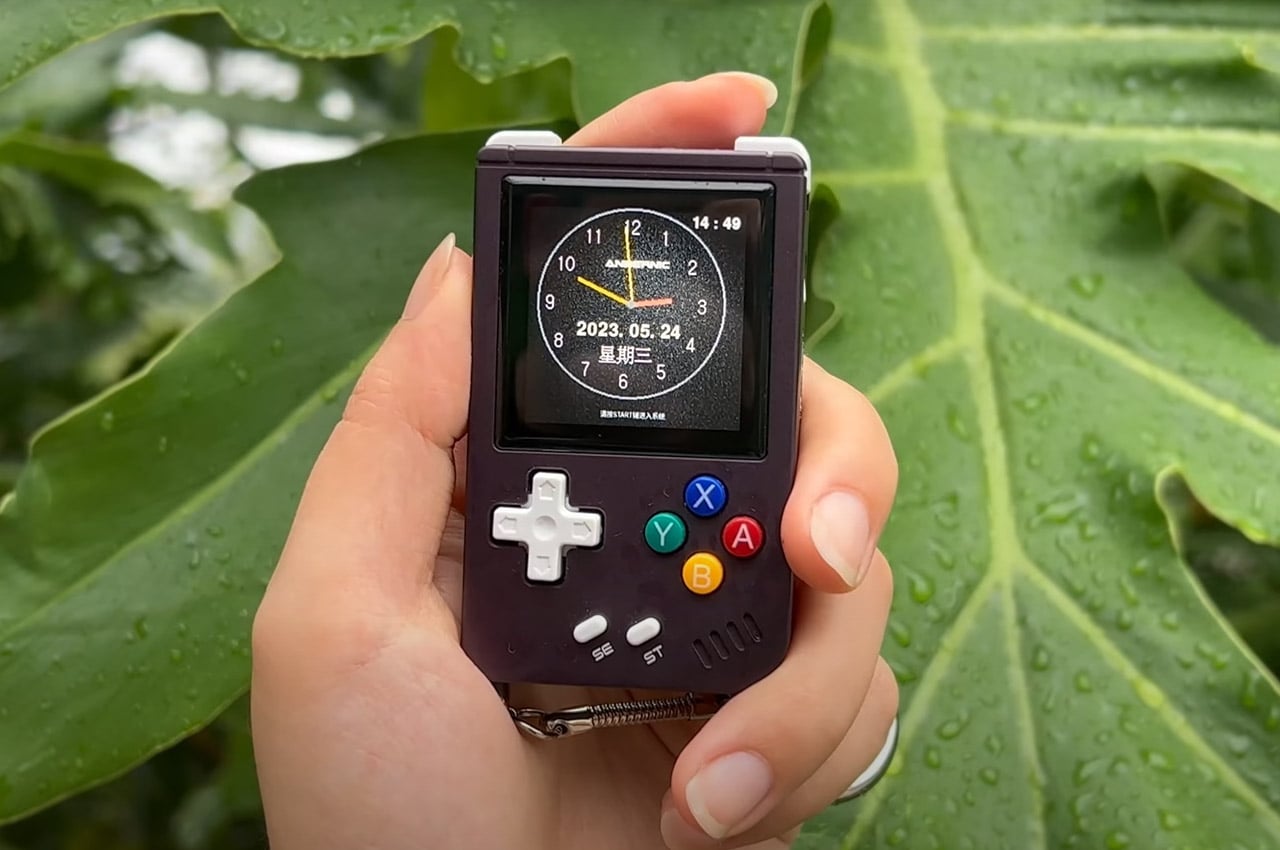
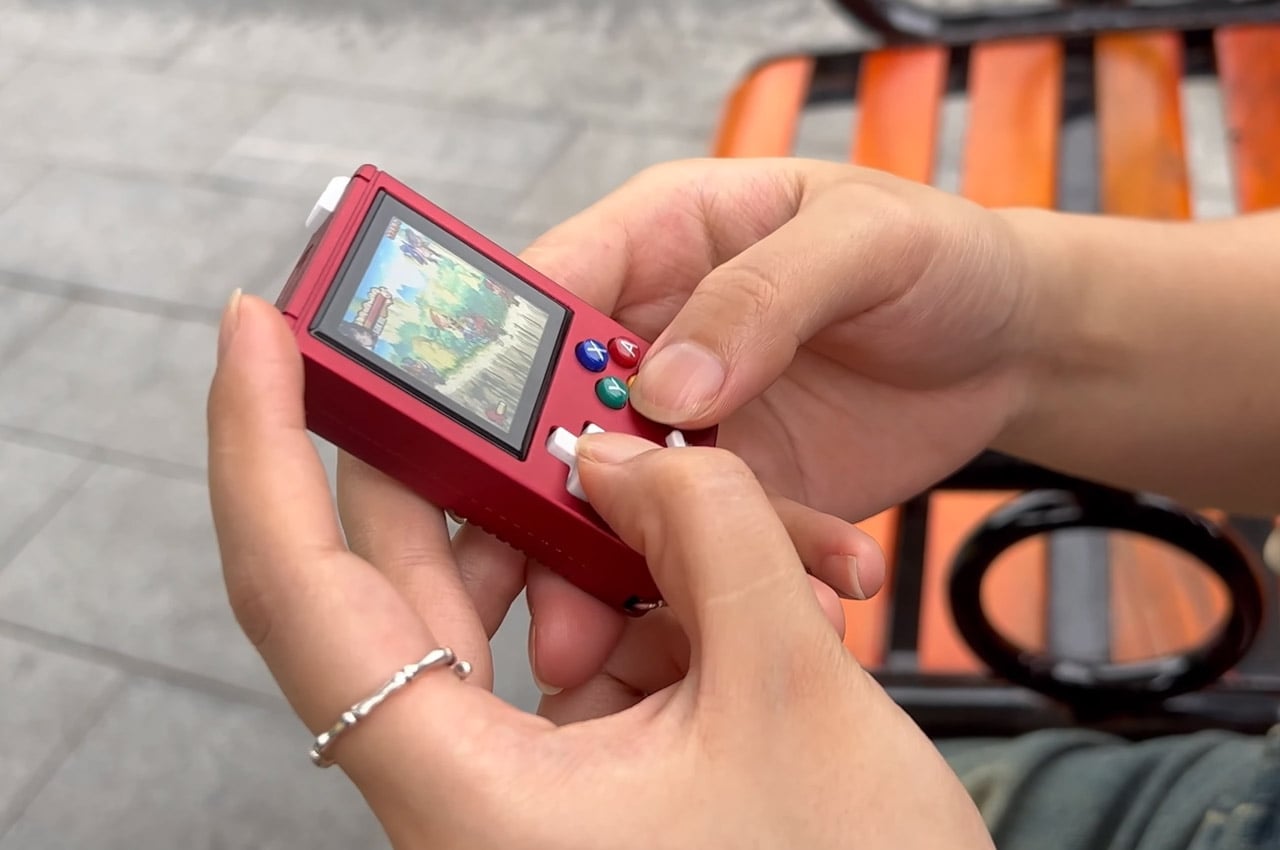
Measuring just 68 x 42 mm, the gadget is smaller than the SEGA’s Visual Memory Unit (VMU) designed for Dreamcast. It is ideal to hook up with your keychain since the miniature handheld comes with an offline clock function. It can even slot in a microSD card to store music files for audio playback. The ability to play high-fidelity lossless files will make you skip the high-resolution audio player when space is a premium. The only downside is, it doesn’t have a dedicated headphone jack and you’ll have to connect to the USB-C charging port with a USB-C adapter.
The build quality is impressive since the 2.5-inch handheld is made from a textured aluminum alloy body. Given the small form factor, don’t mind the missing analog joysticks which give way to the single D-pad with four action buttons. Thankfully a pair of shoulder buttons means you’ll be able to play 16-bit games with ease.
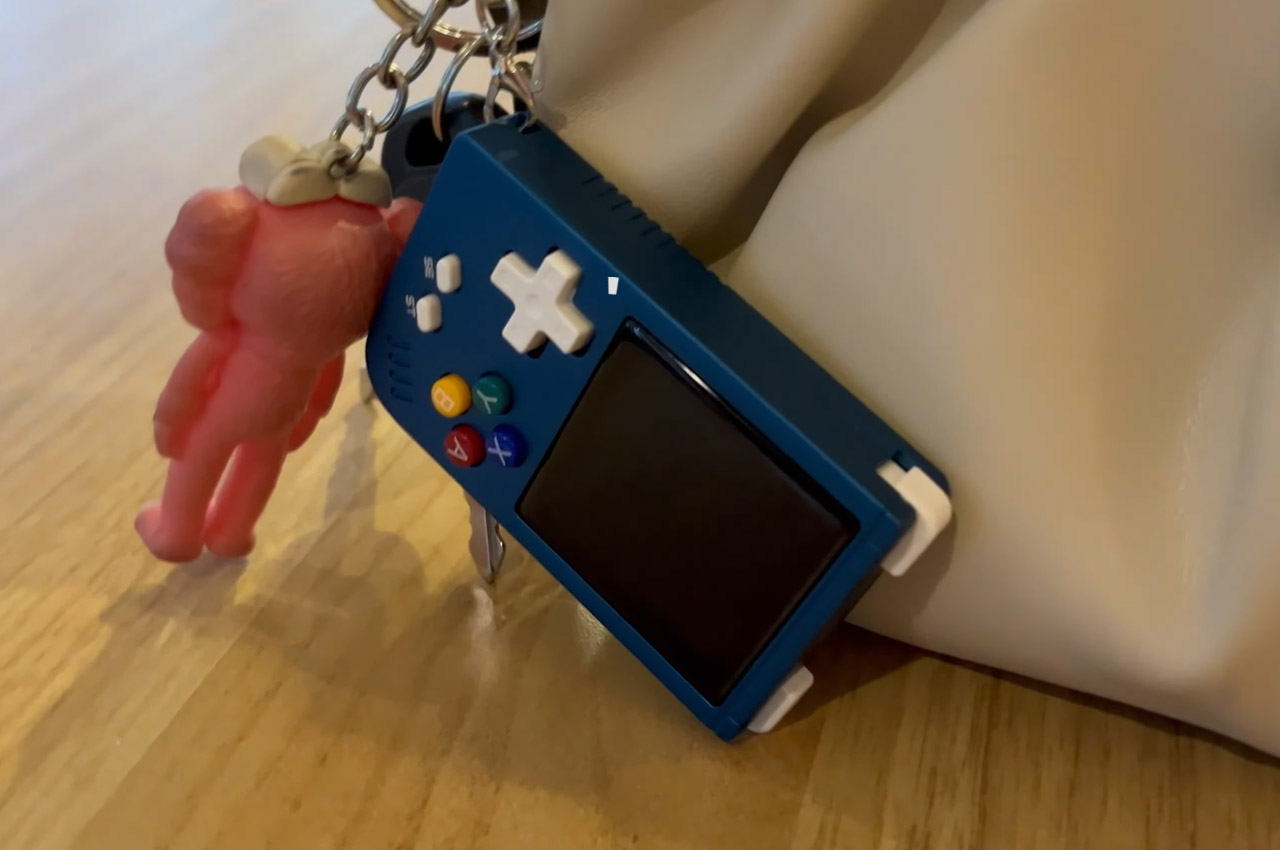
The mini handheld’s screen has a 1:1 aspect ratio perfect for playing all-time classic titles from the Game Boy Color, NES, SEGA, SNES or even the Genisis games. Playing Game Boy Advance titles won’t be recommended though, since the aspect ratio won’t match and the viewable screen area will be shrunk down even more.
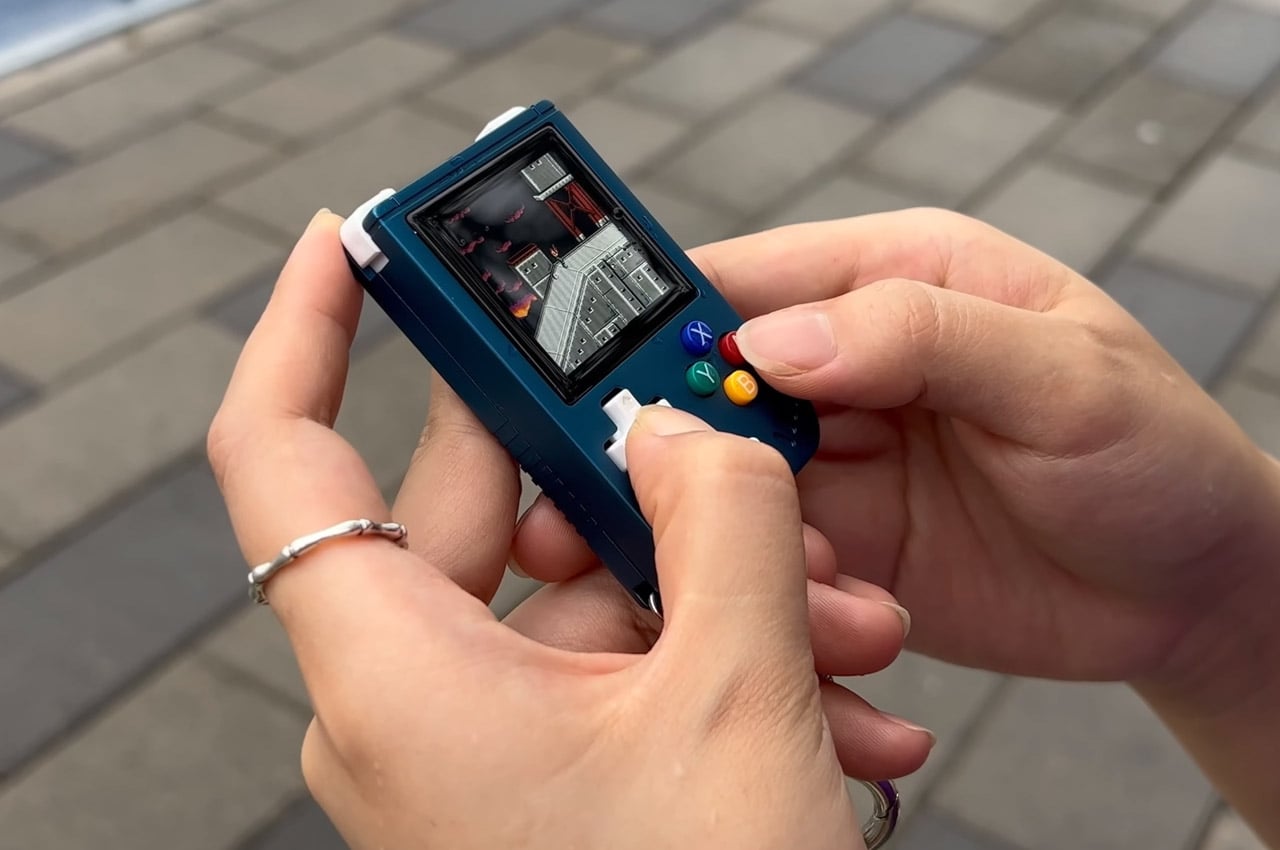
Allwinner K3S chipset-powered RG Nano is loaded with a 1050mAh battery which should be enough for a few hours of non-stop playing. There’s no word on the pricing yet but it should come for less than $65 which stacks it right in the impulse-buying domain.
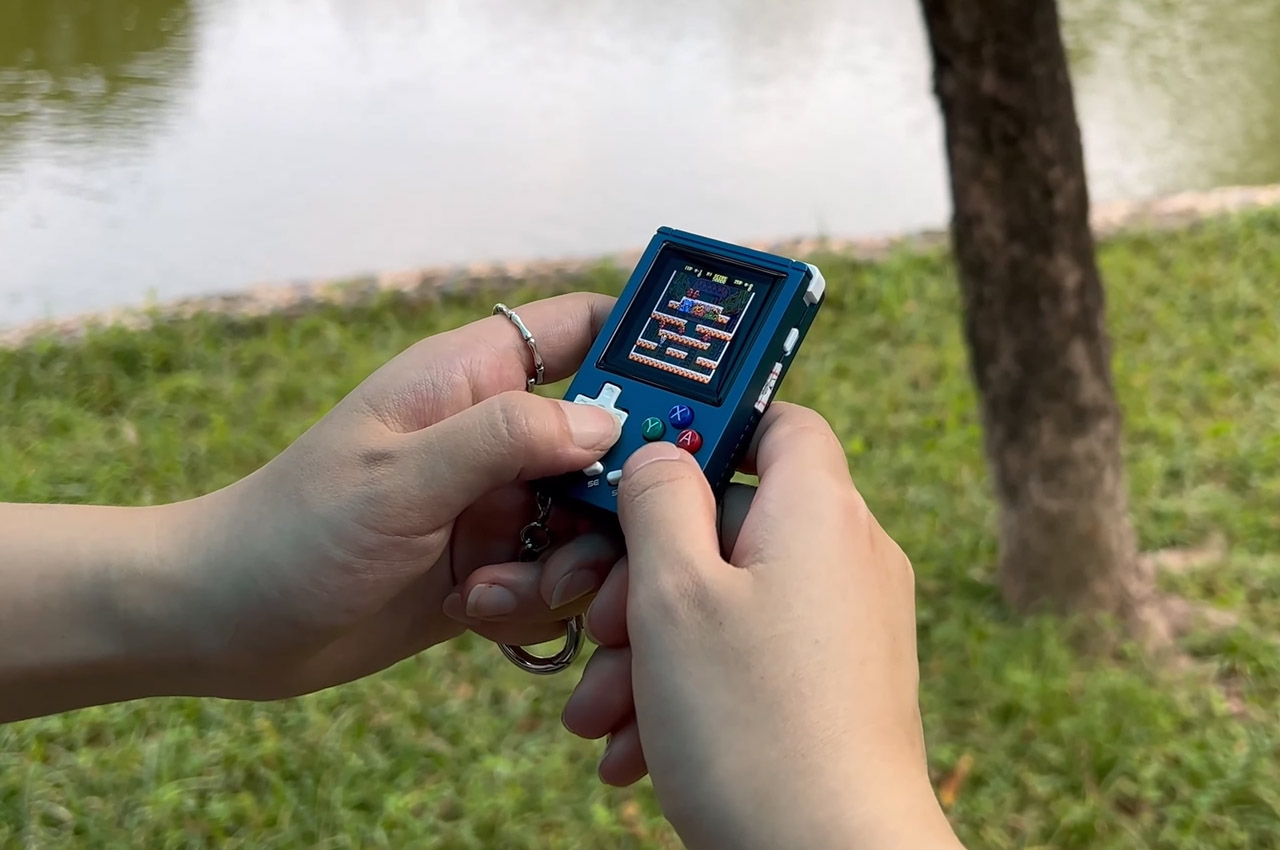
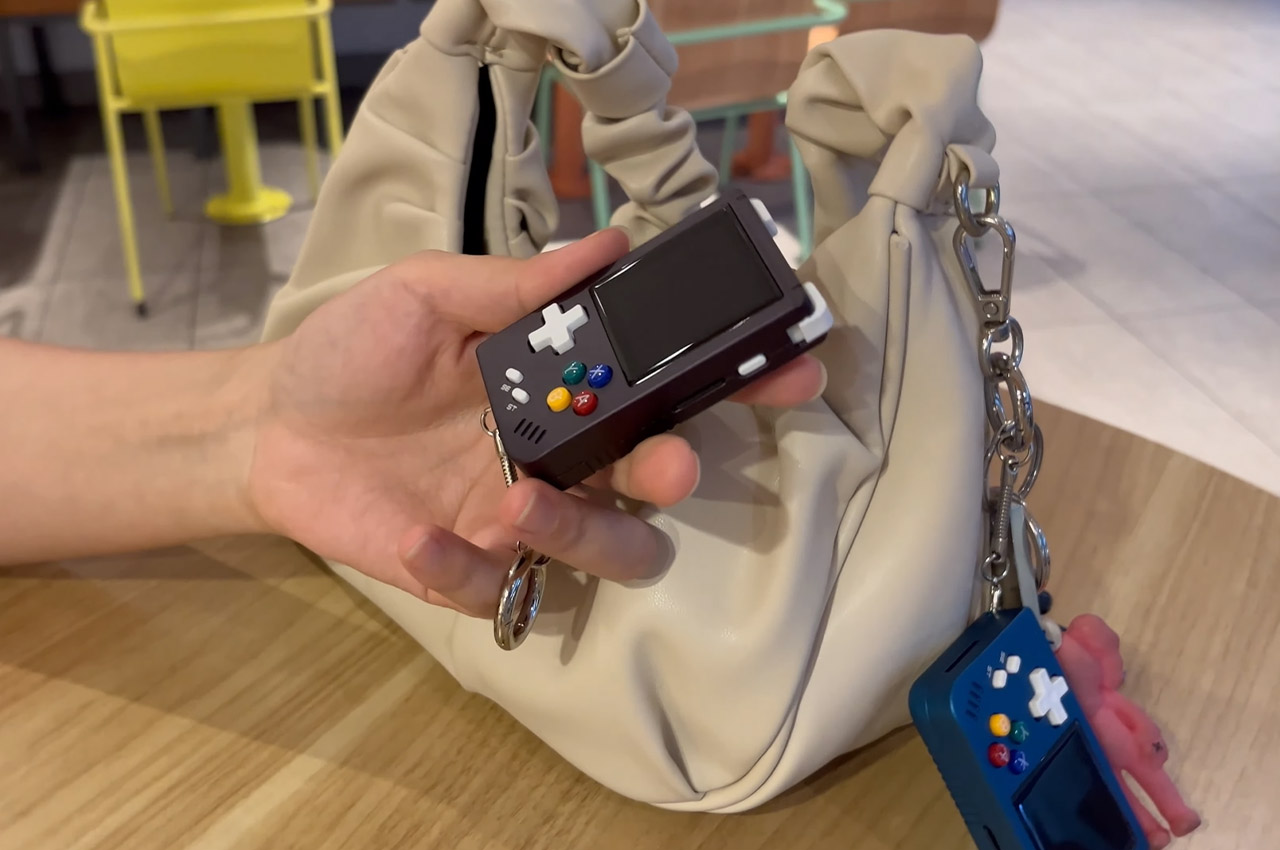
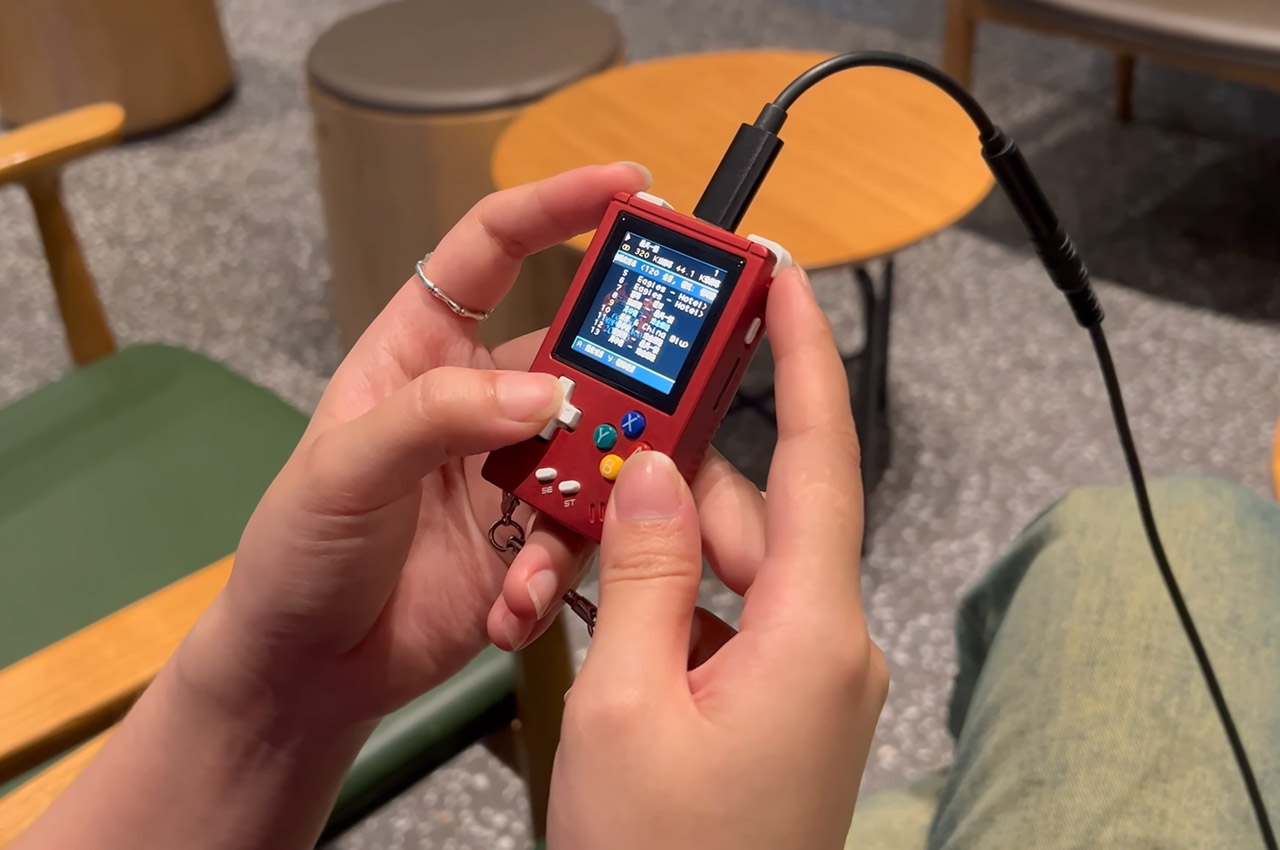
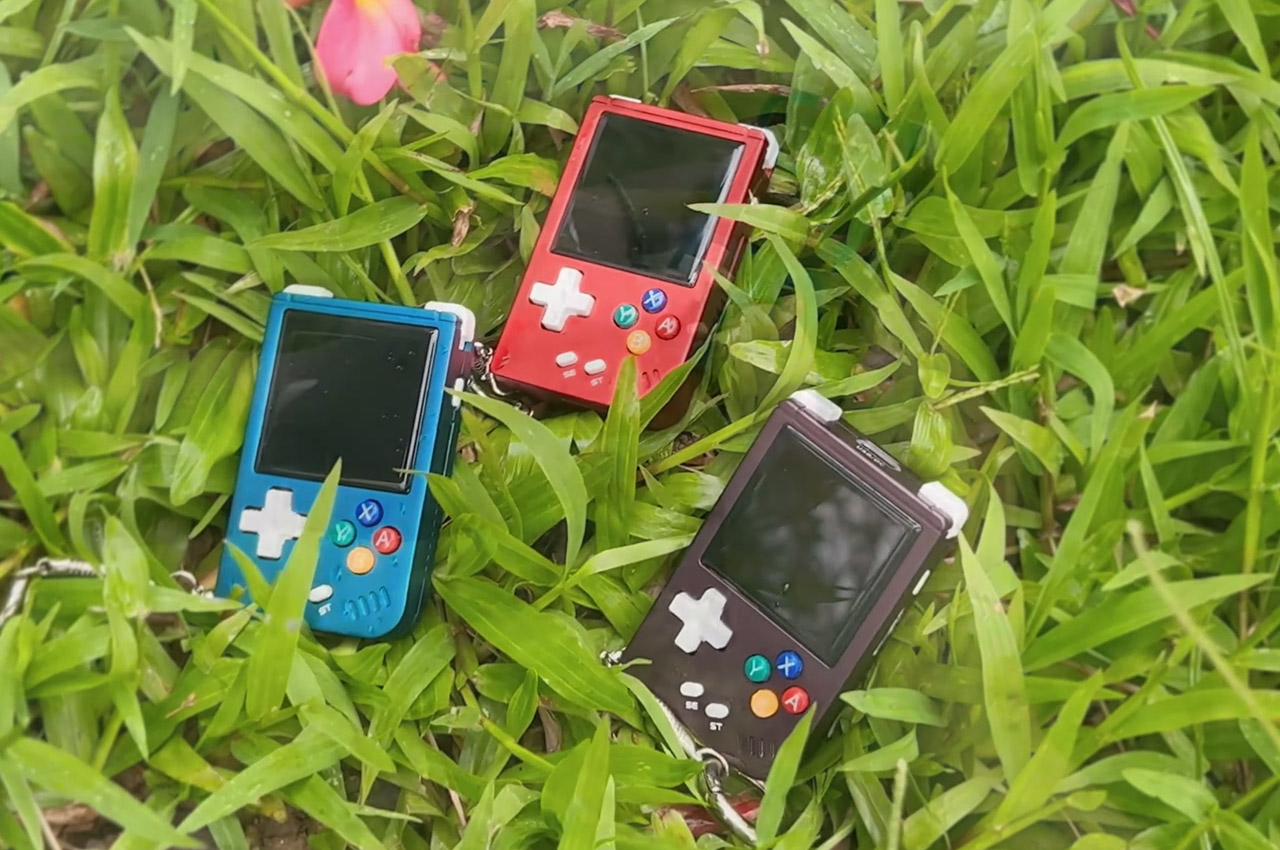
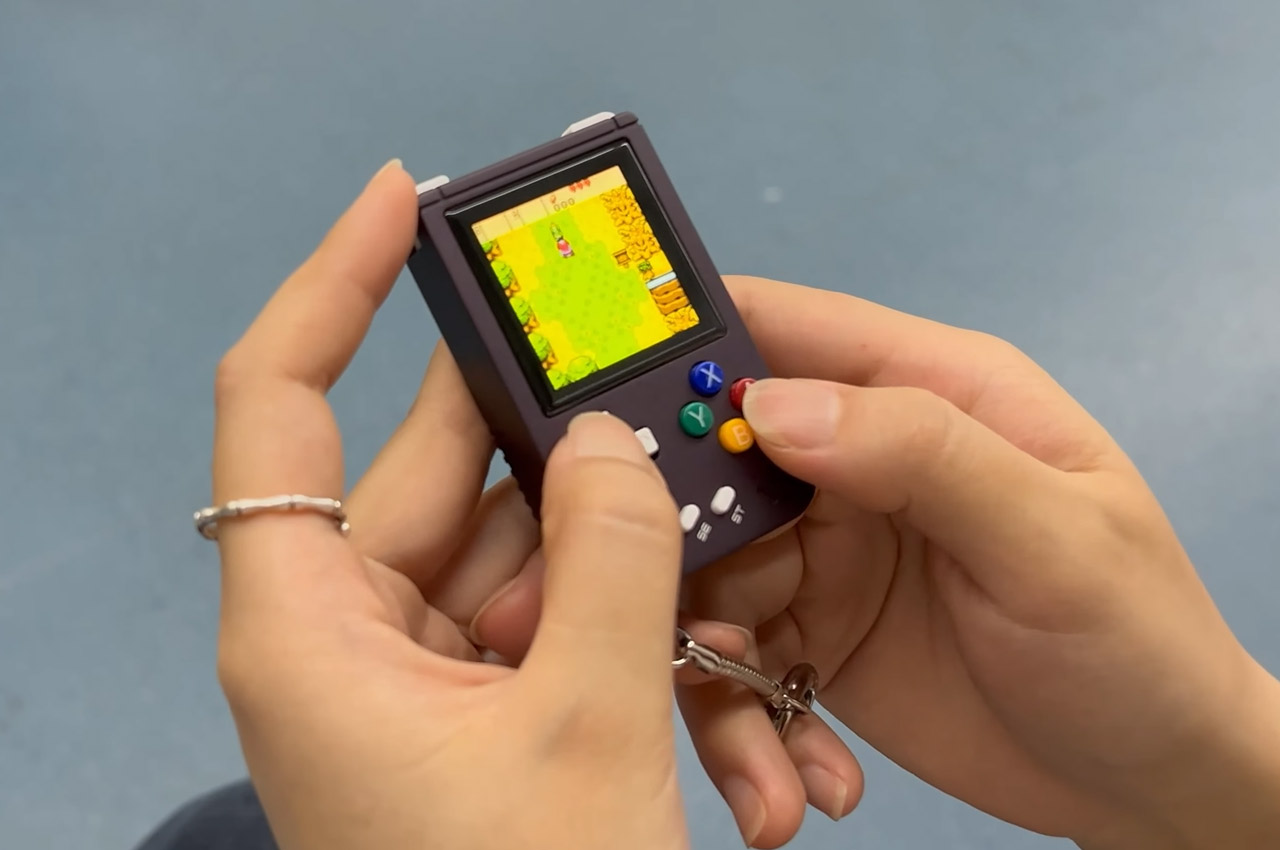
The post Miniature Handheld game console the size of credit card is a nostalgic Game Boy dupe first appeared on Yanko Design.
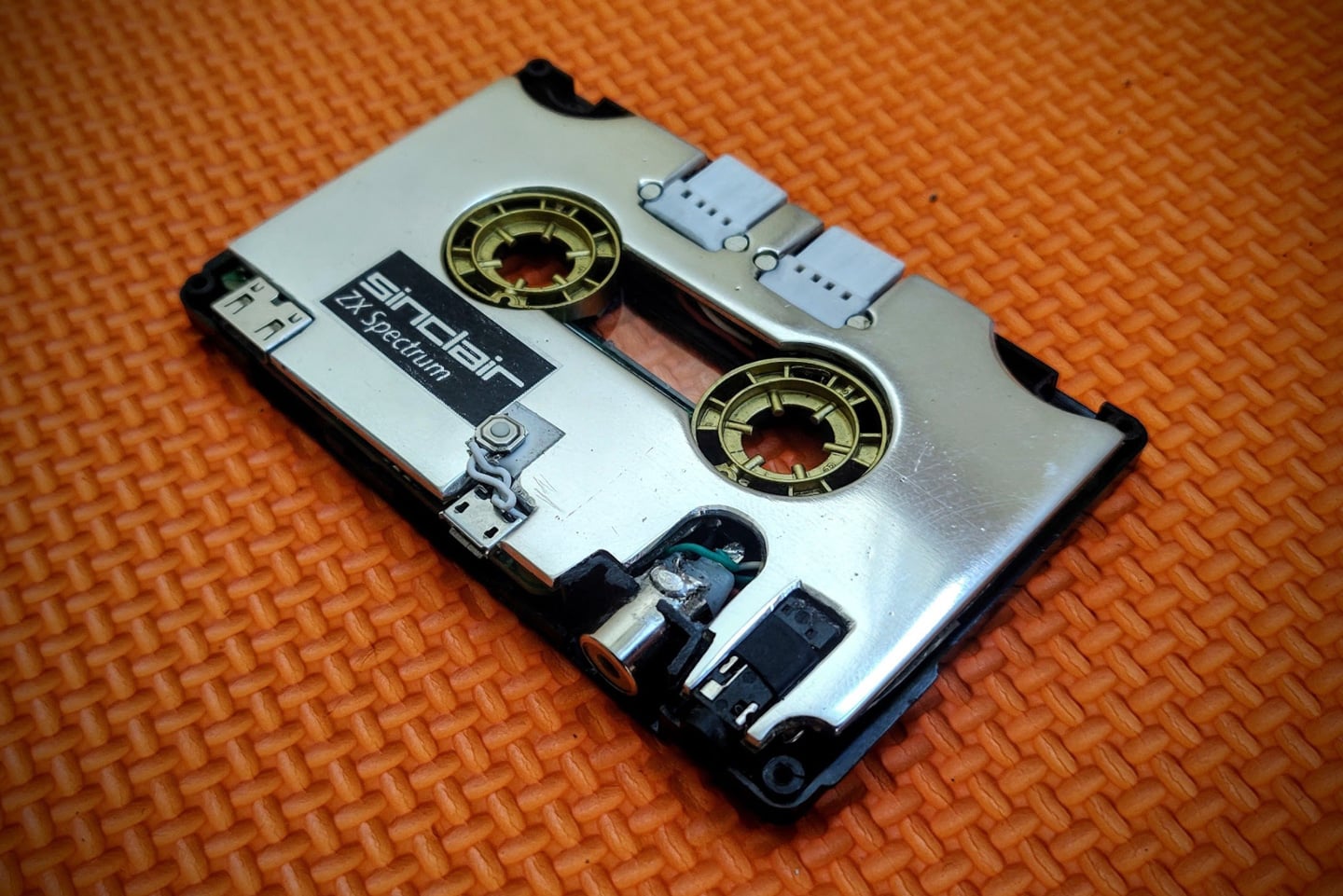
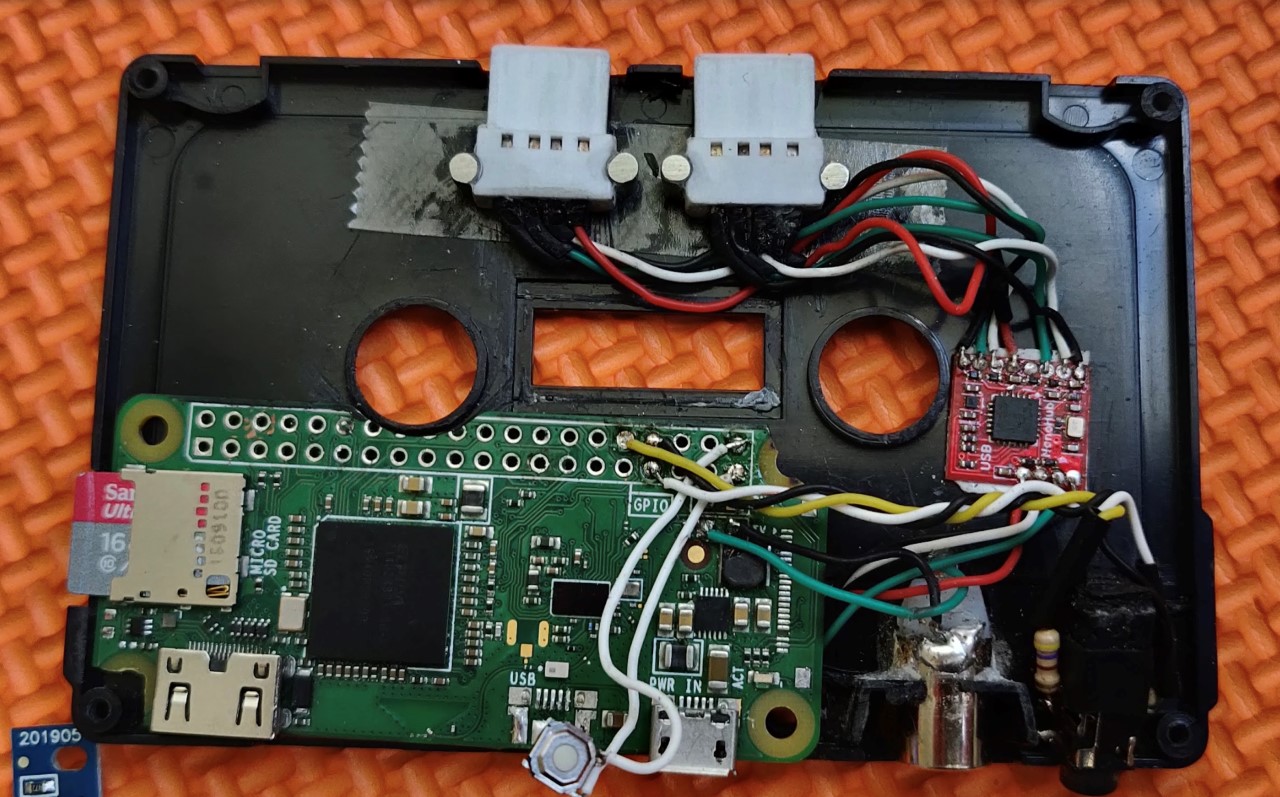
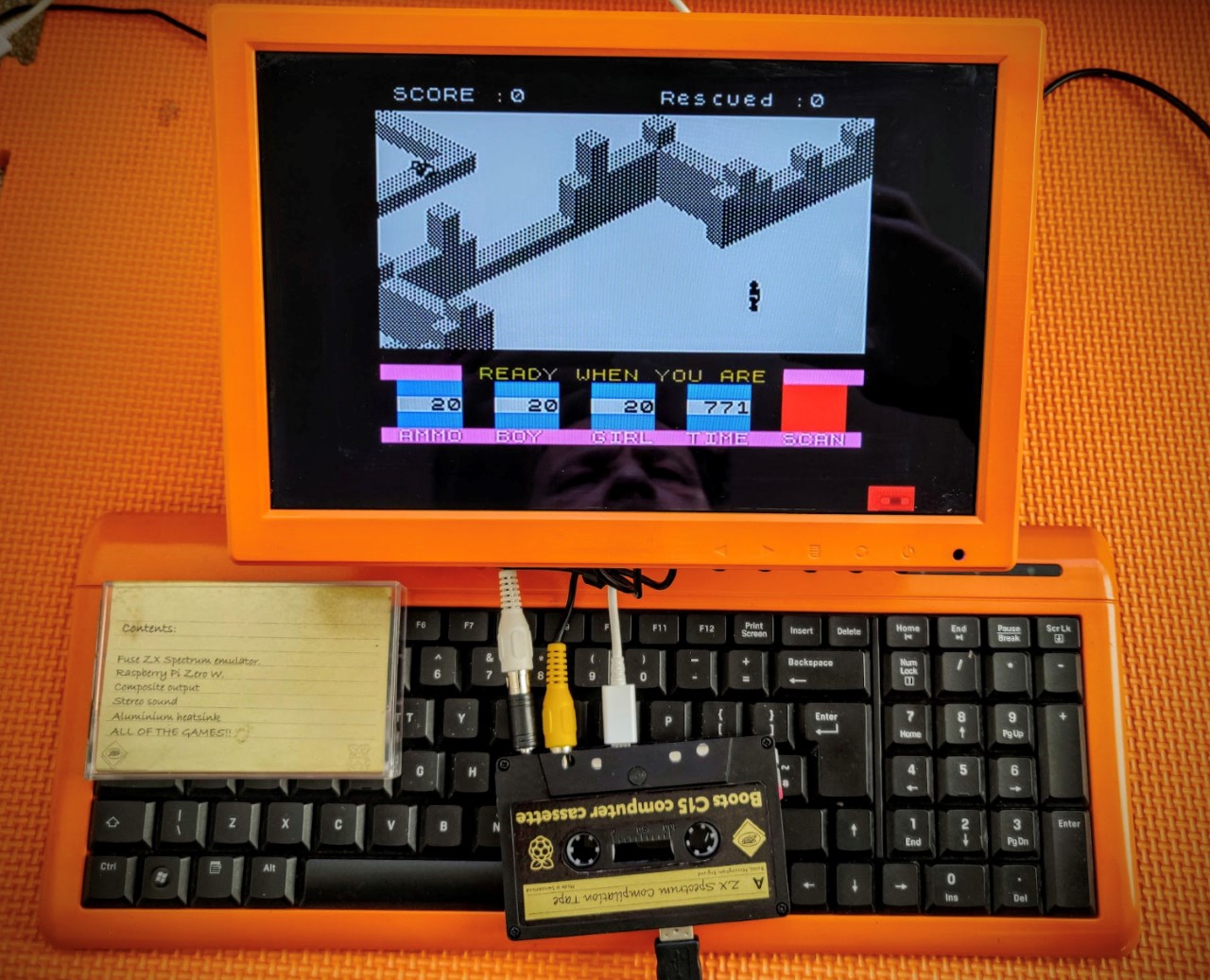
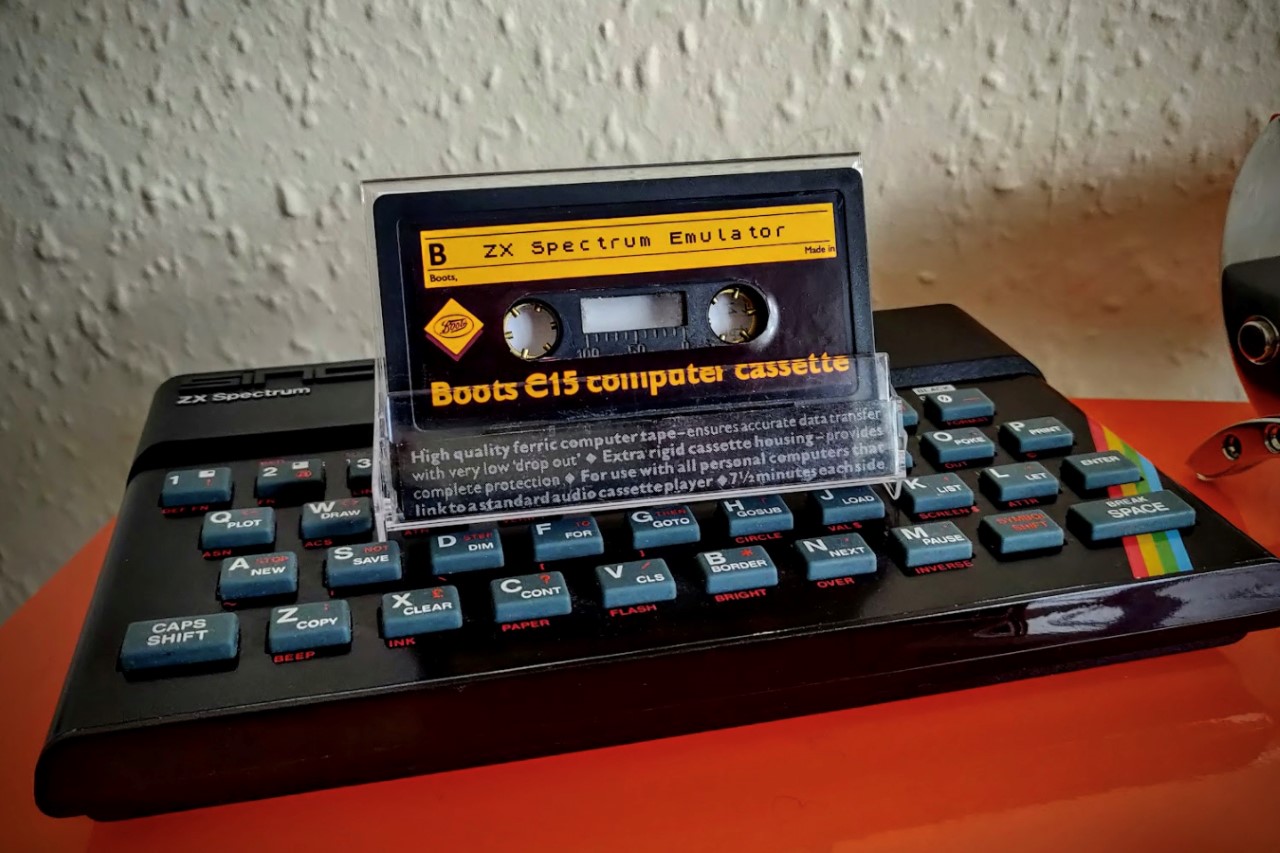


 Many classic video games are only available in one language, making it difficult to enjoy them as a non-speaker unless you have a fan translation. Now, though, you might just need the right software. Version 1.7.8 of the RetroArch emulator front en...
Many classic video games are only available in one language, making it difficult to enjoy them as a non-speaker unless you have a fan translation. Now, though, you might just need the right software. Version 1.7.8 of the RetroArch emulator front en...